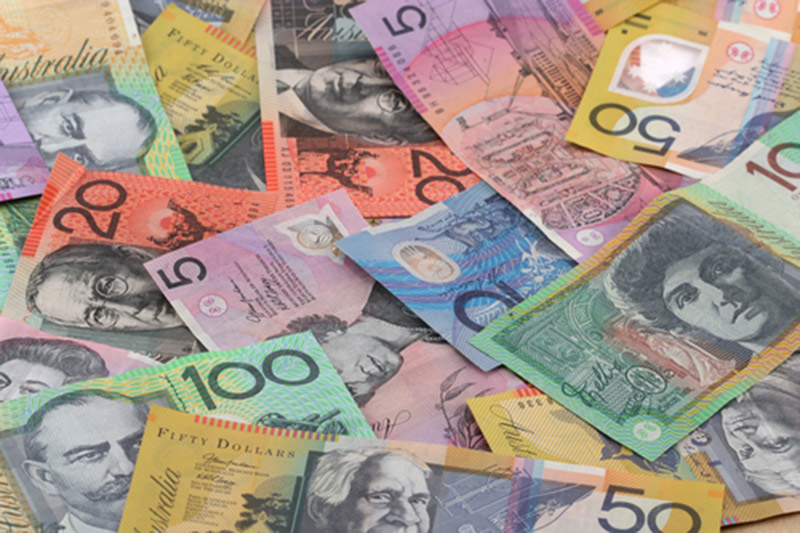Investing.com - The Aussie and New Zealand dollars eased after early morning data sets on Wednesday with investors focused on the scope for further rate cuts in both cases.
NZD/USD traded at 0.73451, down 0.23% after higher than expected unemployment data for the fourth quarter. AUD/USD traded at 0.7775, down 0.22%, following the unexpected rate cut to a record low 2.25% on Tuesday and USD/JPY changed hands at 117.69, up 0.08%.
New Zealand's fourth quarter unemployment rate ticked up to 5.7%, compared to expectations for a drop to 5.3% from 5.4% in the third quarter with the participation rate at a record high of 69.70%.
Then at 0930 local time (2230 GMT), RBNZ Governor Wheeler speaks on the outlook for the for NZ economy.
Given the RBNZ's surprise move to switch to an explicit neutral basis at the official cash rate review last week, the speech is being closely watched for the explanation.
Australia's AIGroup services index rose 2.4 points to 49.9, edging up to just shy of expansion territory.
In Japan, December preliminary wages data are due at 1030 (0130 GMT). In November the average wages per regular employee in Japan for November rose a nominal 0.1% for the ninth straight year-on-year rise but it was the smallest gain in the current gradual pickup that began in late 2013. A gain of 1.6% is expected.
At the same time, BOJ Deputy Governor Kikuo Iwata is due to speak to business leaders in Sendai City.
Iwata will hold a news conference in Sendai from 1400 to 1430 (0500 to 0530 GMT).
Over to China then where the HSBC services PMI is due at 0945 local time (0145 GMT). This doesn't tend to get the attention drawn by the manufacturing index, in part because it's been stable in recent months.
Overnight, the dollar pushed lower against the other major currencies on Tuesday, after disappointing U.S. factory orders data added to Monday's weak U.S. economic reports, dampening optimism over the strength of the country's recovery.
In a report, the U.S. Census Bureau said factory orders declined by 3.4% in December, worse than expectations for a decline of 2.2%. Factory orders fell by 1.7% in November, whose figure was revised from a previously reported decline of 0.7%.
Sentiment on the dollar remained vulnerable after data on Monday showed that U.S. consumer spending fell at the fastest rate since September 2009 in December, dropping 0.3% as households saved on cheaper gasoline prices.
Separate reports showed that U.S. construction spending rose less than expected in December, while manufacturing growth slowed.
The US dollar index was quoted at 93.85, up 0.09%.
